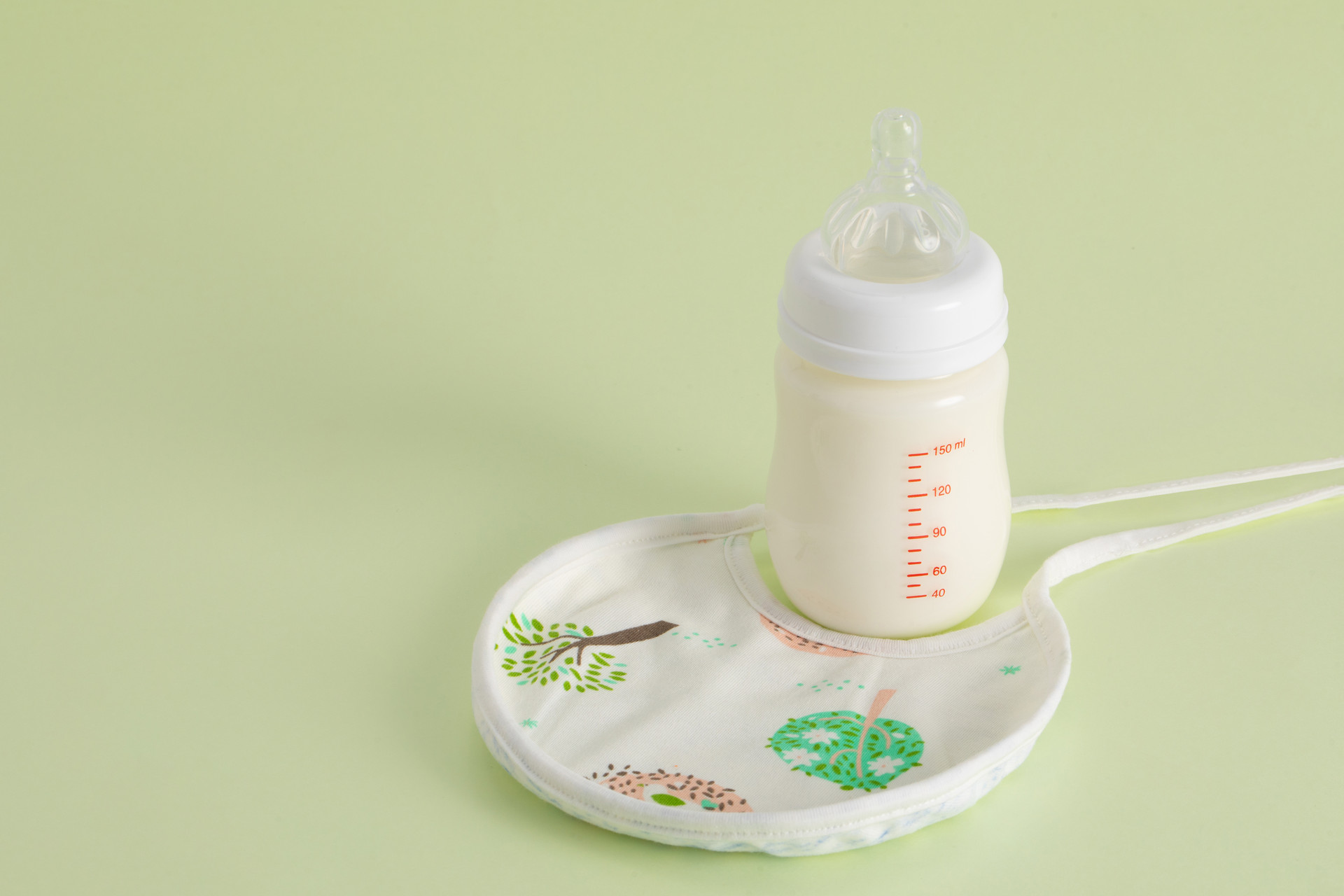If a baby's illness is discovered in a timely manner and resolved promptly, and the baby's health is gradually restored, everything can be done with half the effort. Below, we will detail a method of observation for mothers to maintain strong observational skills.
1. Look at the smile: A child who loves to smile, whether it is a baby or a slightly older child, represents internal peace and harmony. If there is any deficiency in the child's qi and blood or if there is excessive cold and dampness in the body, the body will eventually experience discomfort in one way or another. Infants can only express themselves through crying, which means that a child who cries frequently definitely has a problem. Older children also have difficulty accurately expressing where in their body they feel uncomfortable. Therefore, as long as a child eats and sleeps well, and is happy and loves to smile all day long, it is a sign of the child's good health. If a child who loves to smile gradually stops smiling, it indicates that the child has recently experienced discomfort in the body, and as parents, we should pay attention.
2. Look at the eyes: A child with sufficient qi and blood will have bright, focused eyes. On the other hand, if the eyes are not bright and the gaze is scattered, it indicates insufficient qi and blood.
3. Look at the skin: A healthy child's skin should be a pale pink color, elastic, and glossy. This is a sign of sufficient qi and blood. If a child's complexion appears dark, bluish, yellowish, or pale, it indicates excessive cold and dampness in the body, poor gastrointestinal function, poor digestion, anemia, etc.
4. Look at the hair: A healthy child will have thick, shiny, and smooth hair. If the hair is sparse, yellow, standing up, or not smooth, it indicates insufficient qi and blood or nutritional imbalance.
5. Look at the ears: Perfectly shaped, round and fleshy ears indicate sufficient congenital kidney qi in a child. On the other hand, if the ears do not look very attractive, with more bones and less flesh, and are relatively hard, it indicates insufficient congenital energy, which means that the mother's qi and blood were deficient and there was excessive cold and dampness in the body during the entire pregnancy, which has already affected the child's health.
6. Look at the fingertips: Just like adults, if a child's fingertips are flat, weak, or thin, it indicates insufficient qi and blood and excessive cold and dampness in the body. On the other hand, if the fingertips are plump, fleshy, and elastic, it indicates good health and sufficient qi and blood in the body.
7. Look at the veins: Children with blue veins on the bridge of the nose or eyebrows have excessive coldness in the body, poor digestion, and insufficient qi and blood.
8. Look at sleep: A child with sufficient qi and blood will fall asleep quickly, sleep deeply, breathe evenly and silently, and sleep until morning. Those who have difficulty falling asleep, are easily startled or awakened, have restless sleep, toss and turn frequently, urinate frequently at night, have heavy breathing, or snore are mostly children with insufficient qi and blood.
9. Look at exercise: A child with sufficient qi and blood will have a big appetite and increased food intake after exercise. Conversely, a child who does not want to eat or has a decreased appetite after exercise indicates insufficient qi and blood.
10. Feel the little hands: A child with sufficient qi and blood should always have warm hands. Those children whose hands are cold all the time indicate insufficient qi and blood and excessive cold and dampness in the body.











